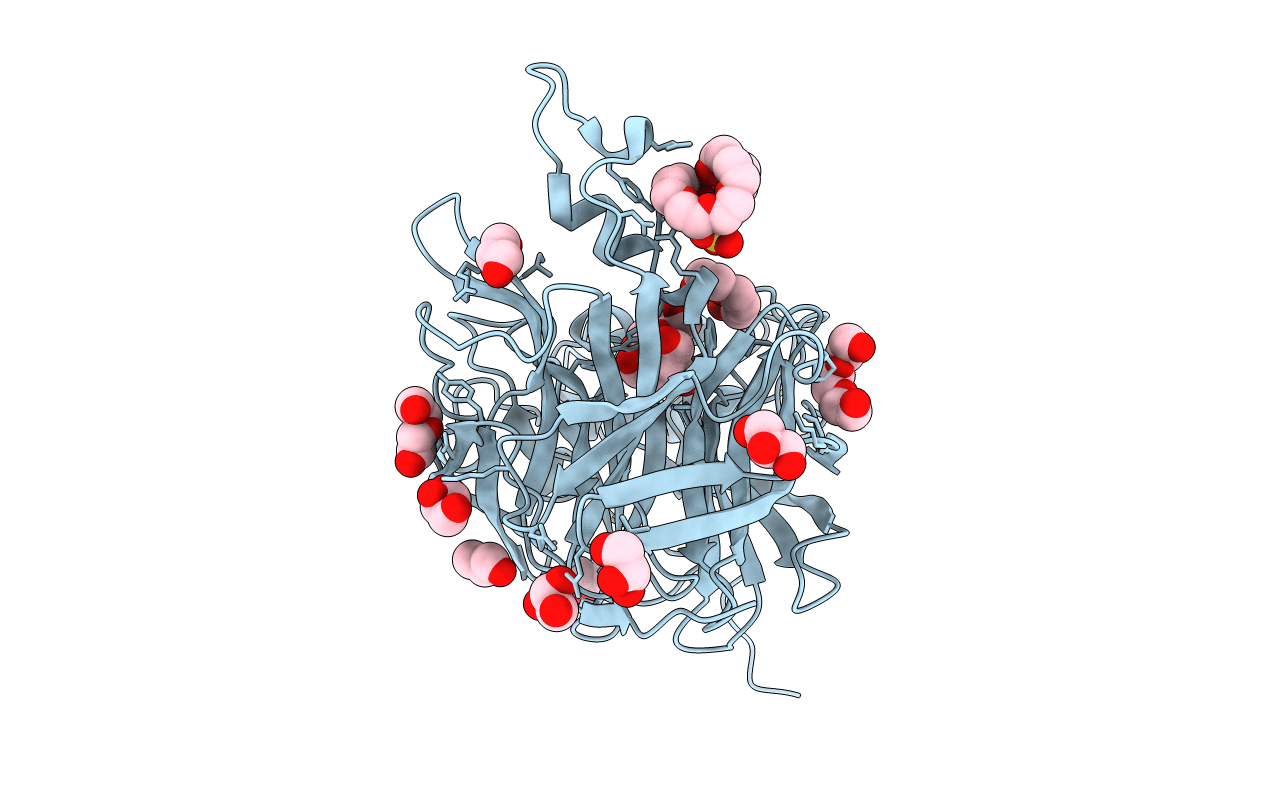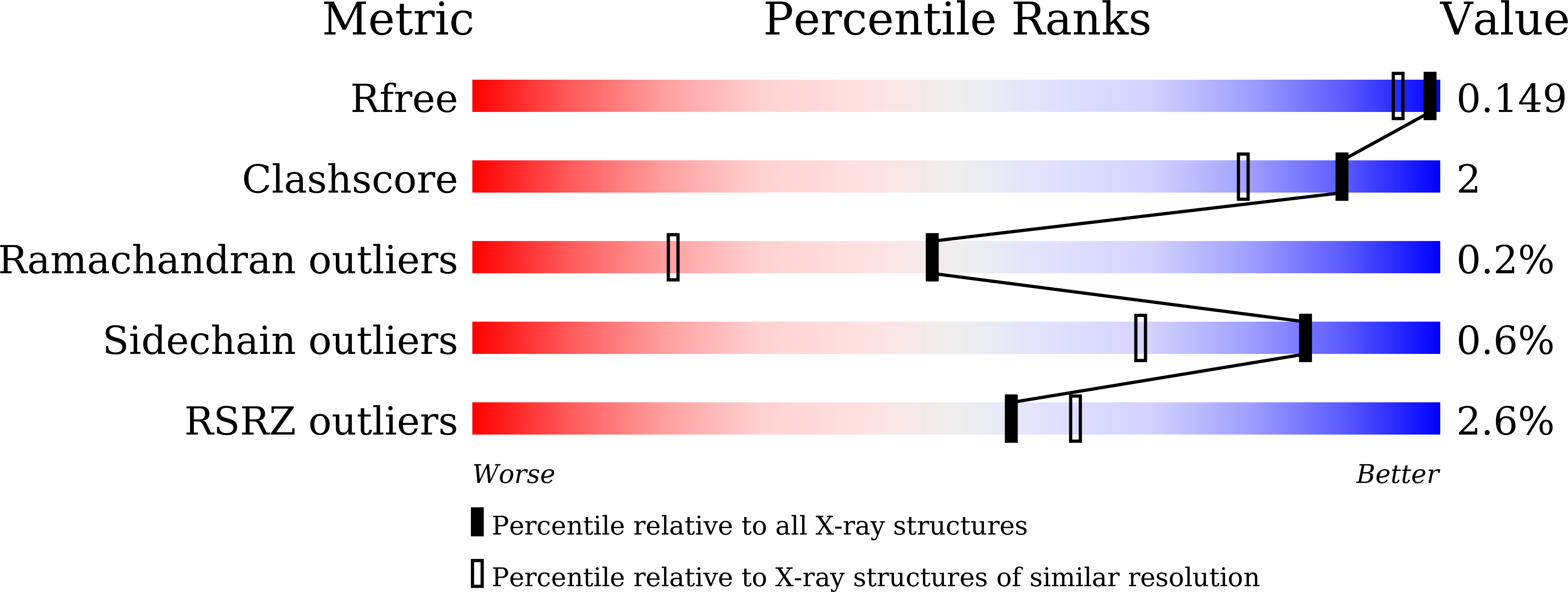
Deposition Date
2021-07-19
Release Date
2022-04-20
Last Version Date
2023-11-29
Entry Detail
Biological Source:
Source Organism:
Brenneria sp. EniD312 (Taxon ID: 598467)
Host Organism:
Method Details:
Experimental Method:
Resolution:
1.35 Å
R-Value Free:
0.14
R-Value Work:
0.12
R-Value Observed:
0.13
Space Group:
P 61 2 2


